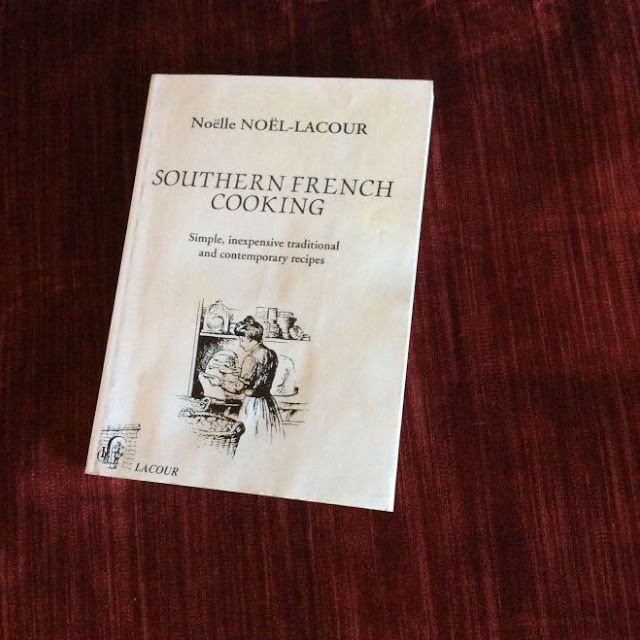"The author of the Iliad is either Homer, or if not Homer, somebody else of the same name."
--Aldous Huxley
Here he is, the blind storyteller, author of the Iliad and the Odyssey, the man we call Homer. Scholars have been unable to confirm his existence, but they are nearly all in agreement that if he lived and wrote the greatest epic poetry of Western civilization, he did it sometime in the ninth or eighth centuries B.C. in what we now call Asia Minor.
I share Homer's two great works with 34 of the 52 authors I follow on LibraryThing. One of the first "grown up" books I read was the Odyssey. Perhaps my interest was peaked by the movie Ulysses starring Kirk Douglas. It came out in the U.S. in 1955 but I most likely saw it a few years later at our local theater. I still love the movie to this day! You can read about it here: Ulysses
It was probably when I was 12 or 13 that I read the Odyssey. Although I knew the story from the movie, it was a frustrating experience because I did not fully understand what I was reading. The stilted (to me) language, the Trojan War, Greece and Troy, and "when did all of this happen?". I finished it but have always had the uneasy feeling I might have skipped over a lot. Many years later I tackled the Iliad, and I managed to read the entire thing even though I admit it was a struggle, again with the language.
"In Western literature, Homer's epics occupy a central place. Because of their detailed genealogies at one time they served as points of reference for the oldest and most respected families in the Mediterranean world. As literary masterpieces in ancient times, they were read and discussed by schoolboys, including Alexander the Great, who is said to have memorized all the passages that refer to his hero, Achilles. Homer's emphasis on humanistic values--honor, truth, compassion, loyalty, devotion to family and gods--gives his works religious and ethical significance as guidebooks to moral behavior. To historians and archaeologists, Homer's works offer valuable information about life in the Bronze Age, such as burial customs, tribal organization, class distinctions, and warfare. As sources of enlightenment and entertainment, the Iliad and the Odyssey have influenced major writers, philosophers, sculptors, and painters since the eighth century B.C., including twentieth-century filmmakers."--Cliffs Notes on Greek Classics
Honestly, I am a bit surprised that 18 of my authors do NOT have Homer in their libraries. I like to think they must have read him, but for whatever reason did not keep copies. One of my authors did keep Homer's Odyssey--James Joyce. He kept it, he studied it, he transformed it into one of, if not THE great literary works of the 20th century, the book Ulysses.
And that, dear reader, is our next Legacy Library route. Leaving M.F.K. Fisher behind, we are going to begin The Ulysses Project. We will climb "Mt. Ulysses" together. Have no fear, you will not be required to actually read the book, just follow along with me. I do not have much background in the formal study of literature so do not expect an expert critique. I will rely on others for that! I have my amateur climbing tools at the ready and we start NOW.
The best climbing tool I will use is this Frank Delaney podcast: Re: Joyce
Delaney has just posted Episode 274, so there is a treasure trove of material for the reader to draw on.
I have a confession--this is probably the 4th or 5th time I have attempted to read Ulysses. I do not feel ashamed or anything because I think most readers who are not serious scholars have started and given up on this book many times too! It is just downright daunting, not only in its size but in its scope. The Delaney podcast is a tremendous aid in the "scope" department. Thank you, Frank Delaney!
And so, here we go! I called Ulysses a mountain for good reason. It is a chunk! My 1961 Vintage edition has 784 pages. I love the way it is typeset. The first letter of a new chapter looks like this:
Here are some more pictures of the book and of Frank Delaney's guide to Joyce's Dublin. Funny, I did not realize this book was by the Frank Delaney of the podcast when I bought it way back when (during one of my previous failed attempts to climb the mountain).
I told you it is a chunk!
Finally, I am on page 10 of the mountain Ulysses and I have to say with the help of Frank Delaney and at a very low elevation, I have met a giant. His name is James Joyce.










































